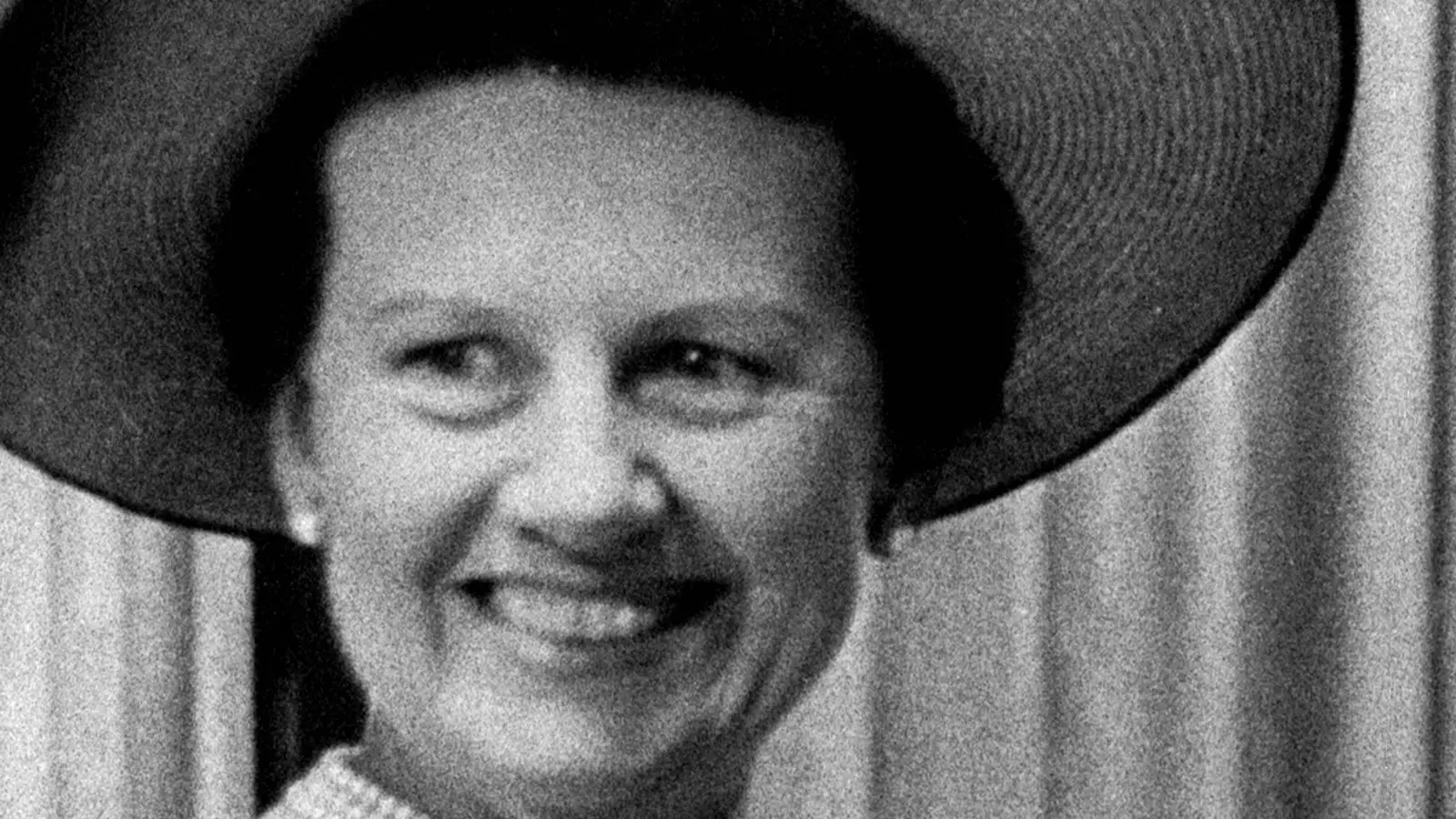The heart-wrenching case of Muriel McKay serves as a grim reminder of the unresolved tragedies that haunt families years after the initial crime. Kidnapped in 1969 and mistaken for the wife of media tycoon Rupert Murdoch, McKay became a victim of a chilling crime that was marked not just by brutality but also by a mysterious aftermath—a body that has never been found. The implications of this absence weigh heavily on her family, who continue to seek closure amidst ongoing legal and emotional battles.
Now, with the farm where her killer claims to have buried her at the center of his narrative, the family finds themselves in a perplexing confrontation with property valuation and police investigative techniques. Reports indicate that independent appraisers believe the farm’s market value is significantly diminished—some estimates suggest a decrease of up to 50%—due to the specter of unresolved foul play. This diminishment is not merely a financial concern; it represents another layer of trauma for a family grieving a loss compounded by a lack of physical closure.
Muriel’s family—spurred by a deep-seated desire for justice—has actively sought new excavations of the farm in Hertfordshire. Their hopes hinge on convincing the current owner to permit another dig after previous attempts failed to yield results. What makes the situation even more complex is the family’s insistence that law enforcement did not use adequate methods during earlier search efforts. Mark Dyer, Muriel’s grandson, has openly criticized the police’s approach, an approach he believes underestimated the importance of meticulous excavation techniques.
This complicated relationship between the family and the police illuminates a systemic issue. Dyer’s expectations for a thorough investigation clash with what he perceives as inadequate police work, revealing tensions between public authorities and grieving families. As he expresses his concerns, it becomes clear that emotional stakes run high, with a compelling need for closure clashing against bureaucratic limitations and concerns about impracticality or liability in further digs.
In a curious twist, the family has approached Nizamodeen Hosein, one of the convicted murderers, seeking guidance regarding the alleged burial site in proximity to the farmhouse. To the family’s astonishment, Hosein has expressed a willingness to assist in pinpointing where he claims to have left Muriel’s body. This interaction creates an unsettling narrative arc: a murderer potentially offering closure to a bereaved family. Family members have even traveled to Trinidad, where they met with Hosein in hopes of narrowing down a search area that might finally yield answers.
Yet, the police remain skeptical of Hosein’s reliability, raising ethical and practical questions about the legitimacy of the information being provided. This skepticism reflects broader challenges associated with unsolved cases—how do police balance their responsibilities to the community, the family, and to the accused, particularly when the truth remains obscured by time and trauma?
Compounding the family’s grief is the land’s stigmatization. The economic implications of Muriel’s unsolved case extend beyond emotional trauma and into practical realities, where the property in question has become synonymous with crime, tainting its marketability. The family’s action of commissioning multiple property valuations reflects a poignant intersection of grief and financial reality—seeking to translate emotional suffering into a tangible argument.
One valuer candidly noted that the ongoing speculation surrounding Muriel’s potential burial at the farm dramatically diminishes potential sale interest. This stark reality underscores the broader effects of unresolved tragedies within communities, where every unclaimed life leaves ripples in the lives of others, echoing endlessly through the corridors of time and space.
As the police prepare to meet with Muriel’s family to answer their pressing questions regarding future searches, the complexities of the investigation and the associated emotions weigh heavily. While the police assert that their exhaustive searches have not turned up any substantial leads, the clarion call for closure remains prominent.
The quest for answers is not merely about finding a body; it is about providing a family with peace of mind—an end to a torment that has spanned generations. The arduous journey that Muriel’s family has undertaken is emblematic of many families who grapple with unresolved cases, navigational difficulties in a system designed to uphold justice yet often remains inaccessible in the face of deep personal loss.
In the backdrop of their struggle, the narrative reveals not just the needs for justice and closure but also a profound exploration of the human psyche’s resilience when faced with unrelenting grief. The battle for truth and recognition continues as Muriel’s family seeks not only a resolution but also an acknowledgment of their suffering—a poignant struggle to reclaim a part of their past from the depths of unspeakable tragedy.


Leave a Reply